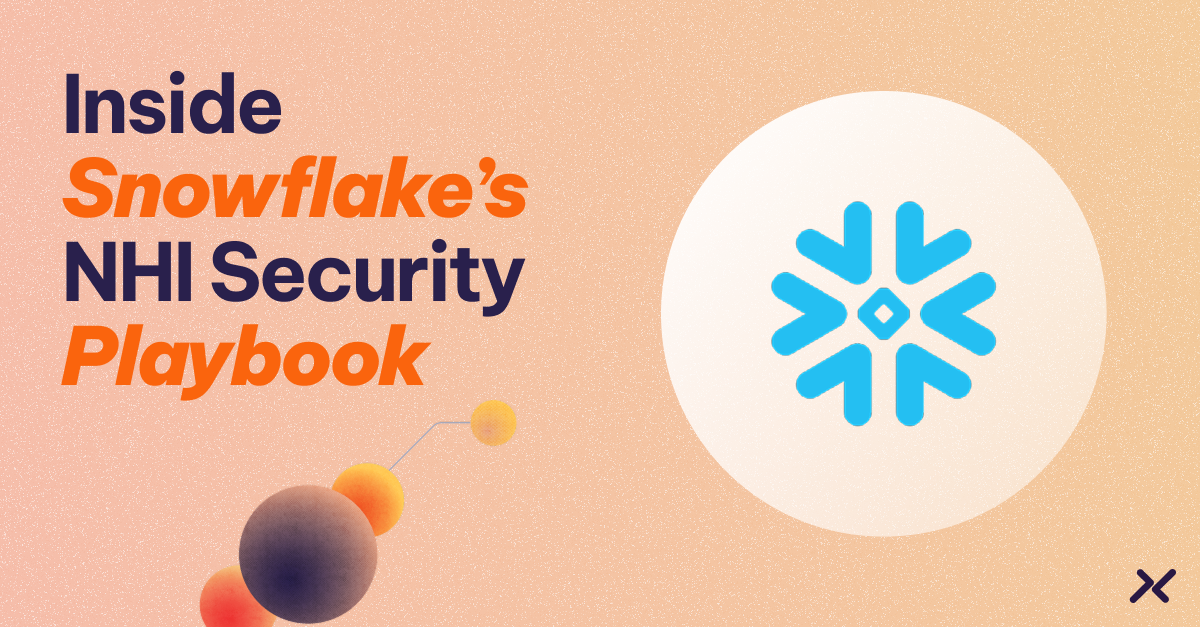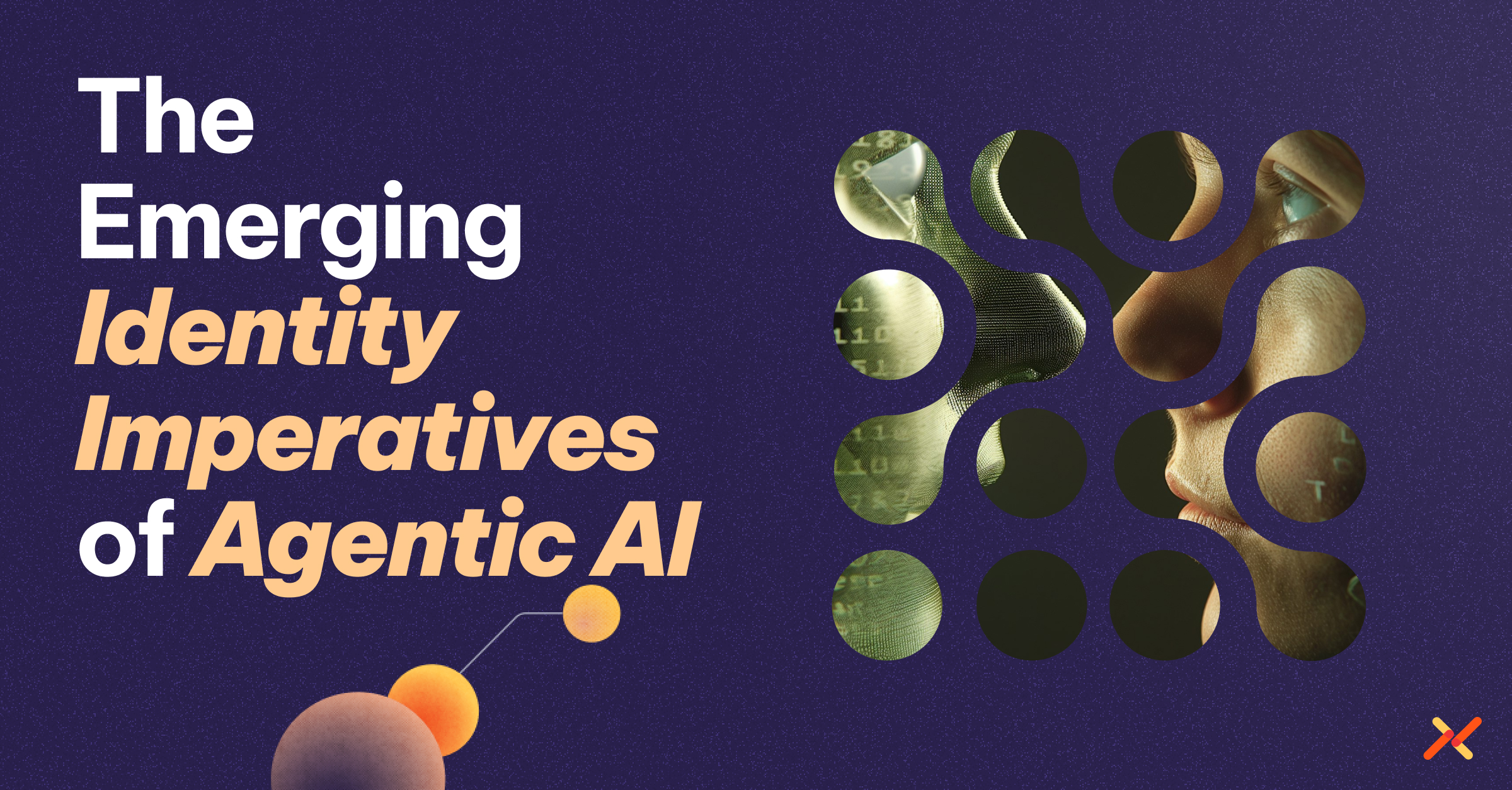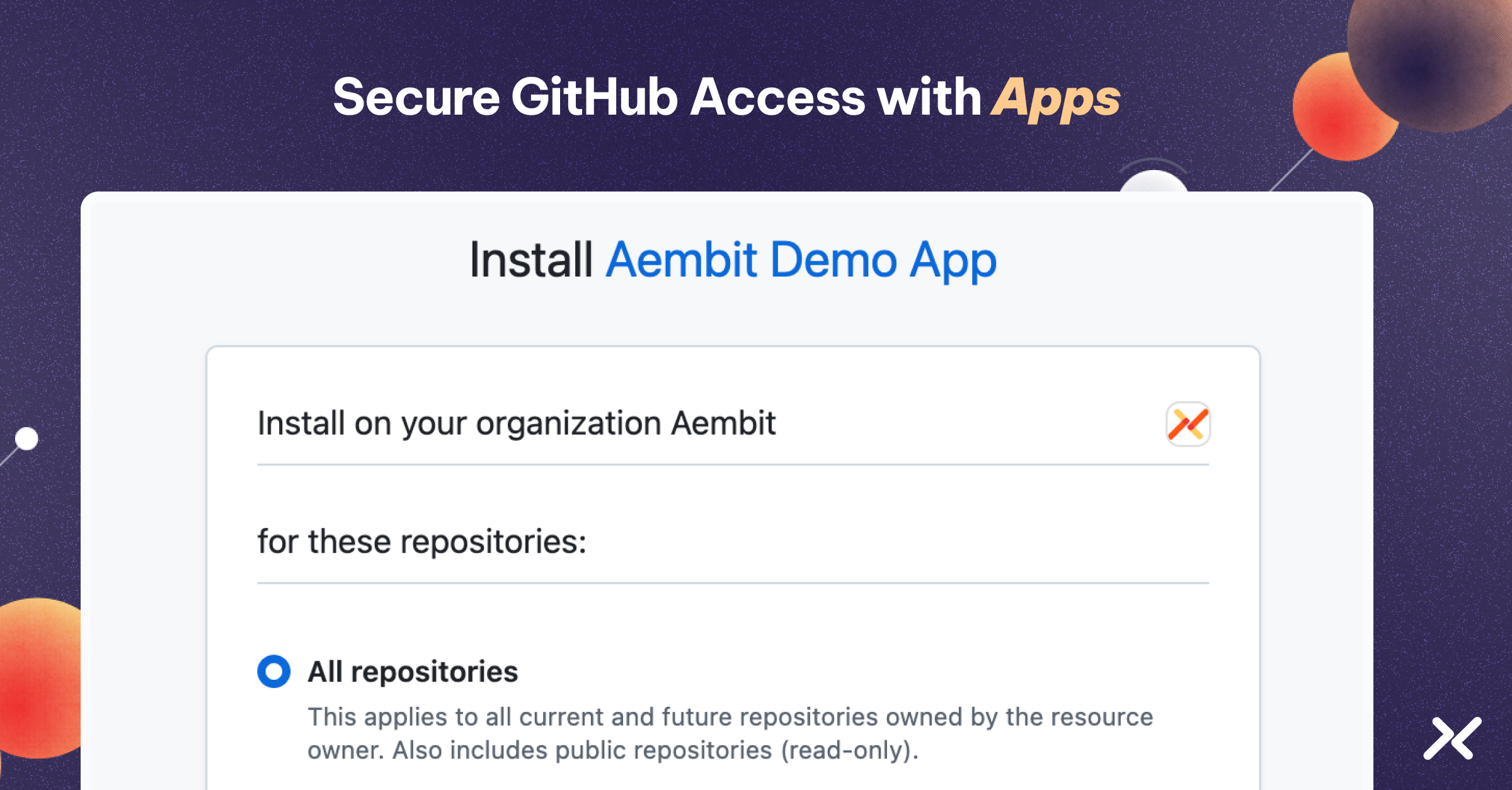Earlier in the year we recorded an “Aembit Hot Takes” segment on the National Institute of Standards and Technology (NIST) Cybersecurity Framework (CSF) 2.0.
Since that video, through deeper conversations with experts and customers, we took a closer look at the updated guidance and specifically how it helps prepare you to address the increasing risks associated with workload identity and access.
NIST Versus Compliance: How They Are Different
First, an important reminder: Standards like PCI and HIPAA are valuable elements of your organization’s security process, but NIST is not one of those. Compliance frameworks are designed by governmental or industry bodies to define the minimum capabilities you must demonstrate to secure your business and the sensitive information of your customers. If you do not comply with these, you may be fined or barred from certain kinds of business.
The NIST 2.0 framework, however, doesn’t do that. NIST is designed to help you proactively think about the maturity and comprehensiveness of your cybersecurity program. Through its framework, its subcategories, and its example actions, it leads you through a process of strengthening each relevant facet of your security stance .It is proactive, voluntary, and generally does not specify particular technologies for implementation.
Finally, using the NIST framework will likely enable you to meet compliance criteria more easily, which is valuable, but really just a step on the way to protecting your business in an environment of increasing cyber threats.

Workload Identities in NIST
If you’ve read the NIST Cybersecurity Project Reference Tool (CPRT), you know there is no specific section on wokload identities or service accounts. Like most challenges, the NIST framework has built a way to discuss those issues within a larger set of outcomes you are trying to achieve or organizational capabilities you must develop to be secure and resilient. Embedded throughout the major subsections of the document are distinct ways for you to develop your strategy around workload identity.
The document strategically addresses workload identities and service accounts by emphasizing the need for a comprehensive identity and access management (IAM) approach. It recognizes that workload identities, which include the identities assigned to applications, services, and automated processes, are as critical as human identities in maintaining a secure environment.
By focusing on IAM, NIST 2.0 ensures that organizations implement robust mechanisms for verifying, managing, and securing these non-human identities, thereby reducing the risk of unauthorized access and potential breaches. This high-level approach encourages organizations to integrate IAM into their overall cybersecurity strategy, ensuring that all identities, whether human or machine, are properly managed and protected.
Furthermore, NIST 2.0 underscores the importance of dynamic and policy-based access controls for managing workload identities and service accounts. The framework promotes the use of automated tools and policies to manage access rights, reducing reliance on static credentials that can be easily compromised.
By advocating for continuous monitoring and real-time adjustment of access permissions, NIST 2.0 aligns with best practices in cybersecurity that aim to minimize the attack surface and ensure that only authorized entities have access to critical resources. This strategic focus on dynamic access control helps organizations maintain a more secure and adaptable security posture in an increasingly complex digital landscape.
Lastly, NIST 2.0 highlights the need for comprehensive logging and monitoring of workload identities and service accounts as part of an effective cybersecurity strategy.
By requiring detailed tracking and auditing of actions performed by these identities, the framework ensures that organizations can quickly detect and respond to suspicious activities. This visibility is crucial for identifying potential security incidents and understanding the impact of any breaches that occur.
Through these strategic directives, NIST 2.0 provides a clear roadmap for securing workload identities and service accounts, helping organizations to build resilient cybersecurity defenses that can adapt to evolving threats. This approach not only enhances compliance but also fosters a culture of proactive security management.
How to Leverage Workload Identity and Access Management Across NIST 2.0 Functions
The framework’s objectives of identifying, protecting, detecting, responding, and recovering from cybersecurity threats must be applied across each major area of your organization.
Just like you would expect to have a rich set of technologies, processes, and subject matter experts in your organization to support your workforce, NIST 2.0 would suggest you need a similar approach to workloads in your organization.
Let’s run through the five major functions within the NIST framework and describe how workload IAM can help you achieve these goals.
1) Identify
Workload IAM can help organizations identify and manage workload identities, ensuring that every workload is properly authenticated and authorized. This aligns with the NIST framework’s core function of identifying assets and managing access. Discovery functionality can not only locate workloads as they come and go in highly dynamic, often ephemeral environments, but can also specify which other workloads or sensitive services they are communicating with. This may include resources directly under your enterprises’ control (think about a database in your self-managed data center) but also resources run by others (think about a data lake that is delivered as SaaS).
2) Protect
Workload IAM takes aim at a major, emerging risk within organizations: ungoverned access between workloads, which is typically granted through long-lived credentials. Workload IAM moves away from this static model, replacing it with policy-based access. Policy-based access, in turn, replaces traditional secrets with dynamic credentials, reducing the risk of credential theft and unauthorized access. This supports the framework’s goal of protecting data through secure access management and ensuring that protection mechanisms are in place.
3) Detect
Workload IAM provides deep workload access logging and visibility, enabling organizations to monitor and detect suspicious and unexpected activities in real time. This enhances the ability to detect anomalies and potential security incidents as prescribed by the NIST framework. This, of course, is only one form of logging, and serves as a reliable source of truth that can be fed into a central system and correlated with other important log sources.
4) Respond
By automating the lifecycle of workload access, workload IAM allows for quick responses to security incidents. The nature of the technology means that responders can quickly isolate poorly behaving applications and implement one-click on/off access to sensitive data stores, code repositories, and other important resources. This is crucial for an effective incident response strategy – but typically lacking today.
5) Recover
As opposed to complex credential rotation fire drills and manual cataloging of relationships between applications, workload IAM gives you a central, automated, and real-time way to ensure that impacted resources can recover quickly with limited human intervention. This supports the recovery aspect of the NIST framework by enabling organizations to restore normal operations quickly.
Overall, workload IAM’s focus on identity as the new perimeter, policy automation, and dynamic credentialing helps organizations achieve a more secure, resilient, and compliant cybersecurity posture in line with the NIST Cybersecurity Framework 2.0.
To learn more, how Aembit can help with workload IAM, visit aembit.io




